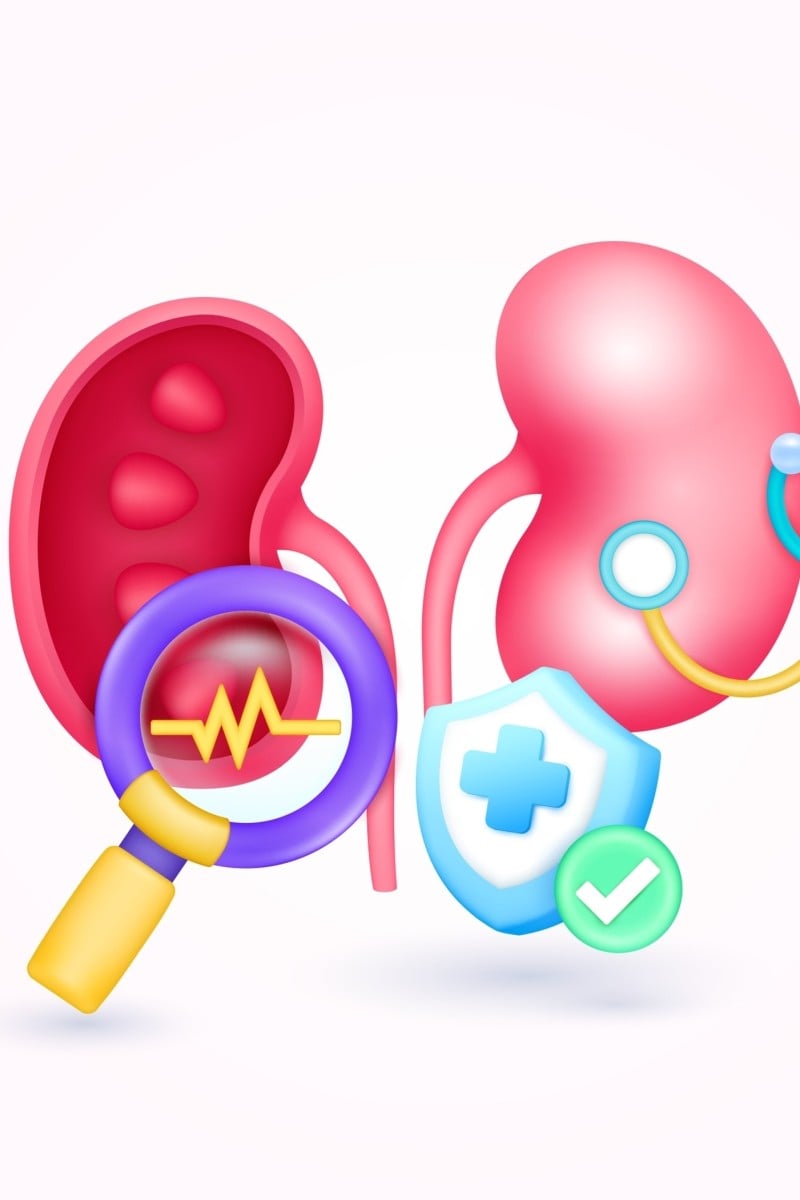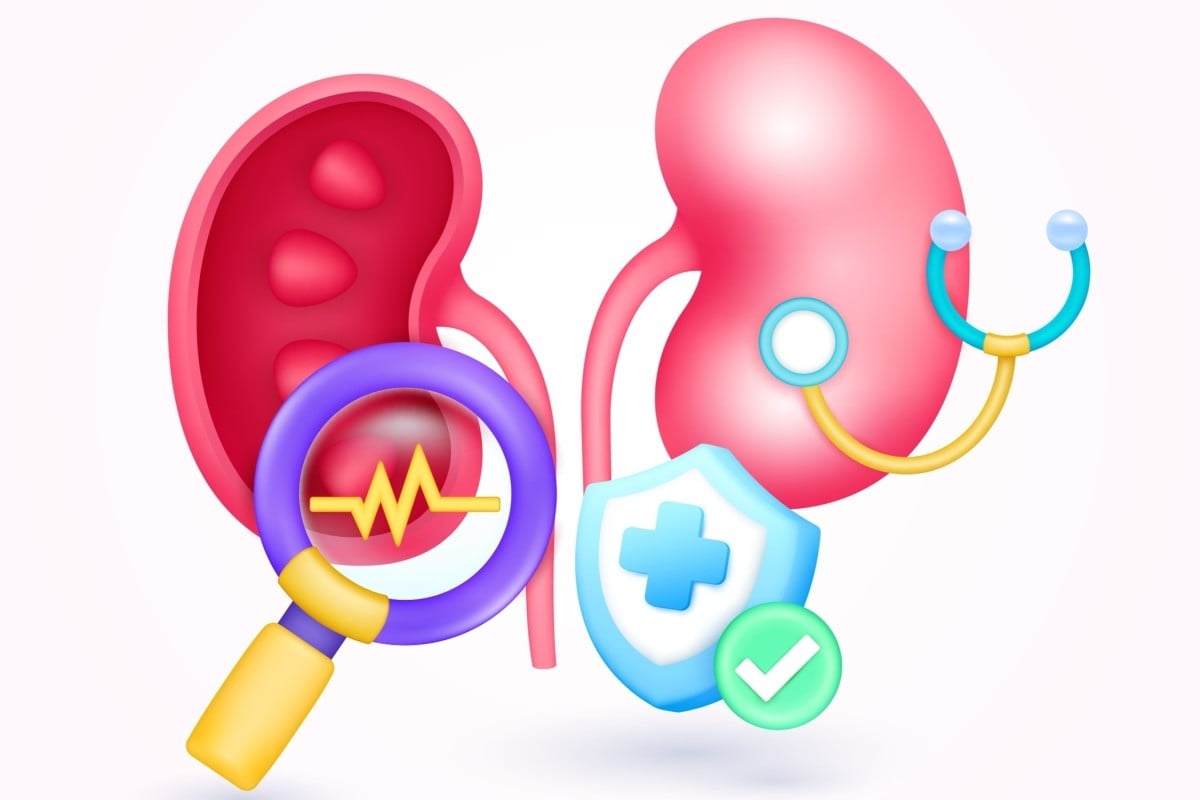
Why the colour and smell of pee matter more than you think
Learn why the colour of urine varies and how hydration, diet and kidney health are all connected
 Discover the vital role of kidneys in balancing blood pressure and electrolytes, with urine revealing key health insights. Photo: Shutterstock
Discover the vital role of kidneys in balancing blood pressure and electrolytes, with urine revealing key health insights. Photo: Shutterstock Go ahead, get the giggles out of the way. We’re about to take a close look at urine, and in such conversations, bathroom humour is often the big by-product. But once you’re through, perhaps you will understand that urine is not simply material for third-grade punchlines – or simple at all.
Urine is the result of a fascinating and complex system, of which the kidneys are the star, that evolved to keep our internal systems in balance, said Dr David Pollock of the University of Alabama at Birmingham. “It’s basically what keeps your cells alive,” he said.
Which makes understanding what is in your pee important. And that begins with understanding how it is made (see graphic).
Urine is produced in the kidneys, whose main job is typically described as filtering blood. But the kidneys do much more than that, Pollock said.
“There’s a very close relationship between the heart and the kidneys,” he said.
The kidneys regulate the amount of sodium and water your body keeps. That water is equal to the volume of blood you carry. The greater the volume, the higher the pressure will be.
Pollock said that makes the kidneys the primary organ in charge of blood pressure. “And basically, the kidney is responsible for making sure that it doesn’t get too high.”
The kidneys control that volume by regulating sodium. When sodium is retained, blood volume goes up. The kidneys also regulate potassium, which helps limit the effects of sodium.
The kidneys also balance the blood’s acidity and filter out waste products, as well as some drugs, from the bloodstream.
The result of all this balancing and filtering is urine. It flows from the kidneys through the ureters to the bladder, where it’s stored until the next commercial break, rest area or whenever it’s your turn in the bathroom.
Tribune News Service
What does healthy pee look and smell like?
Urine gets its yellow colour from a chemical called urobilin, also known as urochrome.
But the darkness of that colour can change depending on how much water you have been drinking.
Certain foods, such as beets and asparagus, as well as some medications, can also cause exotic but harmless changes in the colour or smell of urine, said Dr Janani Rangaswami, a professor of medicine at the George Washington University School of Medicine and Health Sciences in Washington.
But “any blood that is visible in the urine should always prompt a medical evaluation,” Rangaswami said.
“In terms of diet, what would generally be considered a heart-healthy diet is also a kidney-healthy diet,” she said.
That would include eating less sodium and more fresh fruits, vegetables and whole grains while reducing consumption of heavily processed foods.